Every curly girl has experienced frustrations with excessive dryness. You’re here in the right article if you have very serious dry curly hair.
Dry, damaged hair
Curly hair that is damaged can become dry and fragile. This could happen after hair dyeing, heat styling, or perming your hair. Dryness does not necessarily indicate damage. Dry hair can be caused by a variety of factors, such as climate, sleeping habits, or styling products.
Why is moisture important? You lose shine and definition if you don’t have enough moisture. Split ends can form in your curls tips if you let your hair dry out. Excessive dryness can lead to damage which can then cause more dryness which can cause more damage.
Five Signs You Have Dry Curly Hair
Roughness: Healthy hair should feel soft, regardless of the curl type. Gently brush your curly hair along your cheeks. Your curls should feel like you are using a new makeup brush. Dryness is indicated by prickly, scrunchy ends.
Split ends: Although they may seem small at first, these little guys can become a problem if not caught early. Split ends can grow and spread rapidly if the hair shaft is dry.
Excessive Frizz: A wash day is a good idea to reset your curls and get rid of the frizzies. If your curls seem unnaturally frizzy, you may need to up your moisturizing regimen.
Dullness: Sebum is the natural oil your scalp produces to protect and coat your hair and scalp. It is what makes your curls shine bright like diamonds! Dry scalps and hair can reduce sebum production, which can make your strands look dull or matte.
Extreme Tangles: While every curly girl must untangle some stubborn knots from time to time, excessive dryness can make your hair a mangled mess. Our curls will become more rough and snag onto each other without adequate moisture. This makes detangling even more difficult!
“Why is my hair so dry?”
Low Sebum: Your natural oils are crucial in sealing moisture into your hair shaft. Your curl pattern will determine how easy it is for sebum from your roots to reach your ends and the looser the curls, it will be easier to reach the ends. Sebum can stick to the scalp in tighter kinks, coils, and curls, leading to dryness and dullness.
Color damage: Some color lifting agents can be harsh on hair strands. Too much or too fast lightening of hair can cause damage to the hair’s structure and make it porous. High porosity hair can take in moisture easily, but can also lose it.
Over-washing: Shampoos are designed to remove all gunk, oil and dirt. Sometimes shampoos can be too strong and strip hair of natural oils and moisture. Use a mild, sulfate free shampoo only when you absolutely need it.
Read more: When your hair is not becoming oily or dirty very quickly, then there is no need to shampoo every day.
Mechanical damage: Curls can be fragile due to mechanical damage Your the moisture of your hair can be deprived by heat tools, rough styling, heat tools, and pillow friction.
Use the wrong hair products. Not all products are good for curls. Avoid products that dry, stick or cause buildup and prevent moisture from absorbing into your hair such as hair spray or hair mouse.
What can you do to treat dry curly hair?
Hydrate better: Remember that it all starts inside! Your curls will be grateful that you drink more water and keep it up! Your wash day routine is not the only way to keep your hair moisturized. For extra hydration, mist your hair with a little bit of H2O every day!
Sulfate-free shampoos and silicone-free conditioners are recommended. Sulfates attract dirt and oil, making it easier for shampoos to clean your hair. They can strip your hair of natural oils, dry out your scalp, and eventually cause moisture loss in your hair shaft.
Silicones are used in hair conditioning to soften hair and make it shiny, smooth and shiny. It sounds great, but silicones act in a similar way to plastic or rubber. Silicones coat hair, giving it a false appearance of softness and shine. However, they also seal out moisture and air. This layer can encourage buildup and create a barrier that can make styling products less effective.
Deep conditioning is a common technique to add moisture to the hair. Humectants are ingredients that attract water and bind to moisture to your hair. This helps keep it soft and hydrated.
Cool water is used to rinse the hair. This will seal in the moisture and close the cuticle. You’ll notice a difference in the curls when you rinse your hair with cool water.
Oils can be used to condition and seal moisture. Use oils to oil your hair and scalp that contain essential nutrients like avocado oil and jojoba oil. These oils protect curls by creating a protective layer around each strand. They lock in moisture and add shine. Some oils are rich in nutrients that can help heal damage and promote growth.
Protect your hair at night with pillowcases made of fabric that absorbs oils and moisture. These pillowcases can also cause friction between your hair & your pillow. A silk or satin headscarf can help preserve your hair’s moisture and keep curls fresh the next day. Silk pillow cases or satin hair wraps are great options if you don’t want to wrap your hair every night.
A trim is a must: While we can become obsessed with #lengthgoals, holding onto dead ends can hinder our growth. To get healthy, hydrated curls, the fastest way to do it is to trim those unwanted hairs with dead ends.
Healthy Scalp and Healthy Hair
We often forget to give our scalps the care they deserve. Many hair problems can be solved by ensuring that our scalps are well-conditioned, moisturized and clean. Begin by adding a 5-minute scalp massage to your daily routine. Apply a small amount of oil to your scalp using your fingertips. Use little circular motions to massage it in. This oil will help you relax after a long day. It will also stimulate blood flow and maintain a healthy hair.



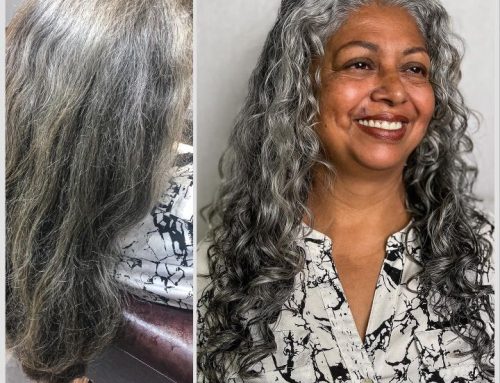
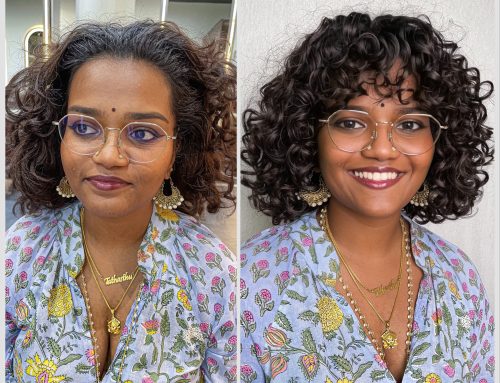
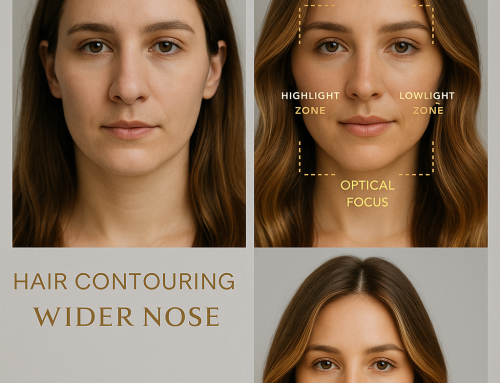
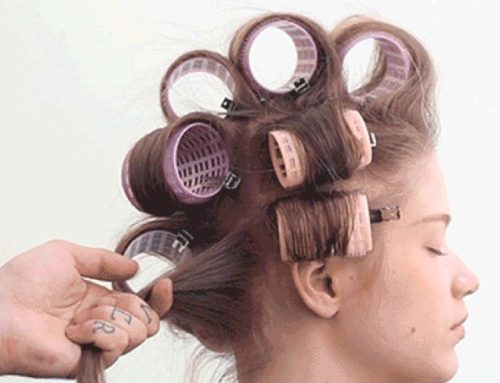
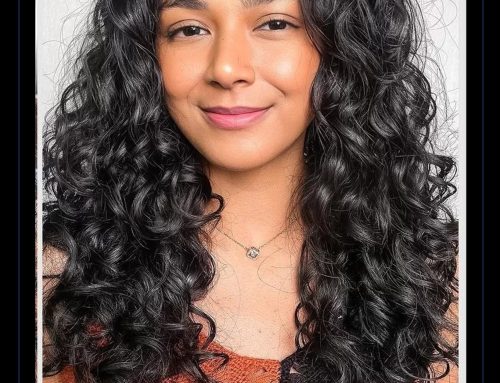
Leave A Comment